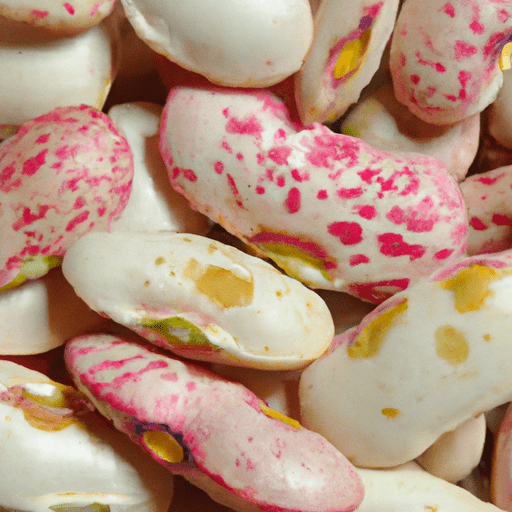Delicious Sword Beans: A Unique Ingredient in Your Kitchen
If you’re a food enthusiast who loves exploring diverse ingredients, then you’re in for a treat! Have you ever heard of sword beans? These flavorful legumes may not be as popular as some other varieties, but they certainly deserve a place in your culinary repertoire. From their distinctive taste to their rich nutritional content, sword beans are a captivating addition to any kitchen.
Taste and Texture
Sword beans, also known as sword peas or Canavalia gladiata, are native to Africa and Asia and have gradually gained recognition around the world. These beans are treasured for their unique flavor profile. With a mild and slightly nutty taste, sword beans are often compared to black-eyed peas or lima beans. They have a firm texture, making them a delightful addition to a variety of recipes.
Versatile Cooking Uses
Sword beans have found their way into an array of traditional cuisines due to their versatile nature. In Asian cultures, they are commonly used in stir-fries, curries, and soups, adding a distinctive taste to these dishes. In Caribbean and Latin American cuisines, sword beans are frequently enjoyed in stews, rice dishes, and even mashed into spreads or dips. Their ability to absorb flavors makes them a popular choice for bean salads as well.
Due to their unique texture, sword beans are often used as a substitute for other beans or legumes in recipes. So, don’t be afraid to experiment with them in your favorite chili, pasta, or casserole dishes. Their delightful flavor and hearty consistency will lend a wonderful touch to your culinary creations.
Nutritional Benefits
Not only are sword beans a delicious addition to your plate, but they also offer several nutritional benefits. These legumes are an excellent source of plant-based protein, fiber, and essential minerals. They are low in fat and contain no cholesterol, making them a heart-healthy choice. Additionally, sword beans are rich in potassium, magnesium, and iron, contributing to overall well-being and vitality.
Interesting Facts and History
If you’re a fan of fascinating food trivia, here are a few intriguing facts about sword beans:
- Sword beans were originally cultivated in Africa but have since spread to various parts of the world.
- In some regions, sword beans are primarily used as animal feed due to their high protein content.
- The unique name “sword beans” comes from the shape of their pods, which resemble a sword or a sword handle.
- Sword beans are a member of the Fabaceae family, commonly known as the legume or pea family.
- These beans are often grown as cover crops due to their ability to fix nitrogen in the soil, contributing to sustainable farming practices.
Now that you know more about the incredible sword beans, why not give them a try? These versatile legumes can add a new dimension to your dishes, be it a simple stir-fry or a mouthwatering stew. Their nutty flavor, delightful texture, and nutritional value make them a worthy addition to your culinary repertoire. So, embrace the exotic and let sword beans captivate your taste buds!
Sword Beans
Origin: Sword beans (Canavalia gladiata), also known as jack beans, are native to tropical regions of Central and South America. They are believed to have originated in the Amazon rainforest.
Common Uses: Sword beans are primarily cultivated for their edible seeds, which can be used in a variety of culinary preparations. In some regions, the young and tender pods are also consumed. The beans are often used in soups, stews, curries, and as a side dish similar to beans or legumes.
Nutritional Benefits: Sword beans are a good source of protein, dietary fiber, and essential vitamins and minerals. They are particularly rich in folate, vitamin C, potassium, and magnesium. They also contain small amounts of iron and calcium.
Unique Properties: Sword beans have a distinctive appearance, with long, slender pods that resemble elongated green beans. The seeds within the pods are large and kidney-shaped, and they can vary in color from light yellow to brown. These beans are known for their high protein content, making them a valuable source of plant-based protein.
Historical Significance: Sword beans have been cultivated for centuries and have played a role in the cuisines of various cultures. In some traditional medicine practices, the seeds have been used for their medicinal properties, such as in Ayurvedic medicine. Additionally, sword beans have been used as a cover crop due to their ability to fix nitrogen in the soil, enhancing overall soil fertility.
Note: While sword beans are generally safe to consume, it’s important to note that raw or undercooked beans may contain toxins. Therefore, they should be cooked thoroughly before consumption to ensure they are safe to eat.




Use the share button below if you liked it.
It makes me smile, when I see it.